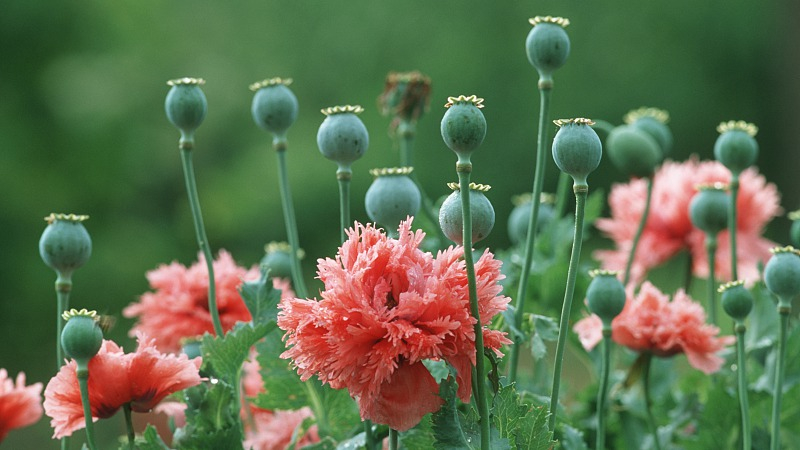
File photo: CGTN
BEIJING, Dec. 10 (Xinhua) -- China's earth observation satellites have been used to help replace opium poppies with cash crops and reduce rural economic dependence on drugs in Laos and Myanmar.
About 170 enterprises in southwest China's Yunnan Province engage in international poppy-substitute cultivation. Since 2006, the Department of Commerce of Yunnan Province has used remote-sensing satellite data to monitor poppy-substitute cultivation in northern Laos and Myanmar, said Zhang Jun, a Yunnan University expert engaged in remote-sensing satellite projects.
Remote-sensing observation is an important basis for government assistance to those enterprises as subsidies, import quotas and other support.
"At first, we used foreign satellite images, which cost a lot and had a long update period, but the resolution was not high enough," said Zhang, also a technical expert in poppy-substitute cultivation with the local government.
China began to construct the High-resolution Earth Observation System in 2010, sending a series of Gaofen earth observation satellites into space.
"Since 2013, we have used the satellite images of Gaofen-1 and Gaofen-2 to monitor foreign poppy-substitute cultivation, which has greatly reduced data costs," Zhang said.
The satellites help to accurately monitor more than 90 percent of crops such as rubber, rice and corn, clearly showing the effects of the poppy-substitute measures, Zhang said.
As a result, the planting areas of opium poppies in northern Laos and Myanmar have been reduced, and the plant is almost eradicated in some regions in Laos, said Zhang.
In future, the Gaofen satellite data will help serve more countries along the Belt and Road, Zhang added.


